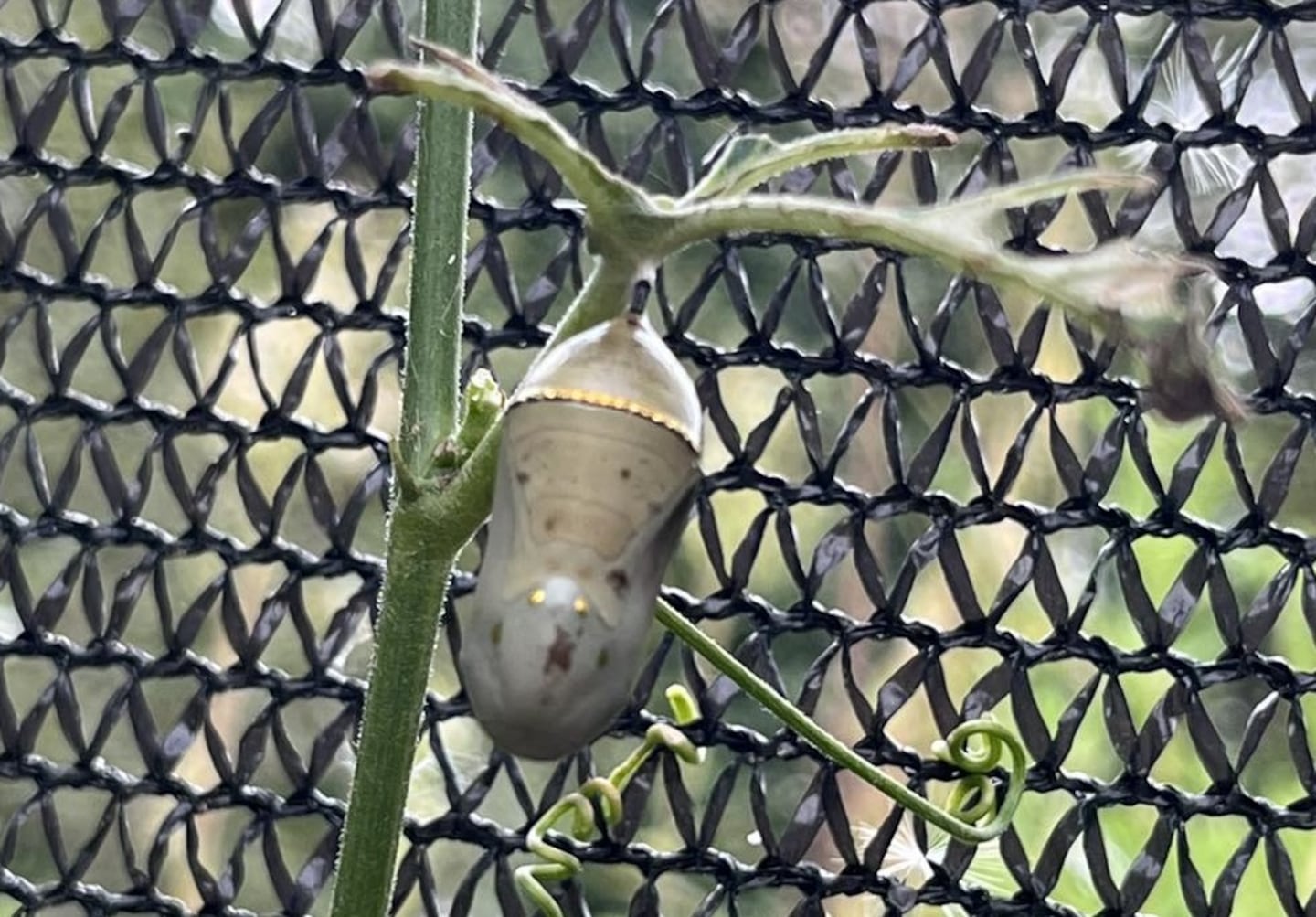The thrill of tracking the migrations of two of nature’s most elegant creatures is enjoyed by people all over the world.
Generations of monarch butterflies are flying more than 1,000 miles south for the winter, and fall-blooming, nectar rich plants are critically important to aid them in their migration. Plants like Joe Pye weed, goldenrod, sedums and zinnias will provide good nectar for monarchs passing through.
Their host plant is native milkweed, which means it supports them through the lifecycle of egg, caterpillar, chrysalis and adult. Georgia gardeners may even be lucky enough to spot eggs or a chrysalis right now.
Each fall, it’s hard for me to say goodbye to our hummingbird friends, though some do stick around through the winter. The vast majority though have begun making the trek south to Mexico and Central America and can fly around 20 miles a day during peak migration!
As with monarchs, nectar rich plants are an important stop for hummingbirds during the day. And keeping feeders clean and full also supports them. According to Hummingbird Central, hummers “gain 25-40% of their body weight before they start migration in order to make the long trek over land, and water.”
Georgia D.N.R. has a great resource for which species of hummingbirds we’re most likely to see here in Georgia. Find that here.
And take some time to track and even report sightings during fall and spring migration! These websites are the best I’ve found for mapping monarch and hummingbird migrations.
©2025 Cox Media Group









